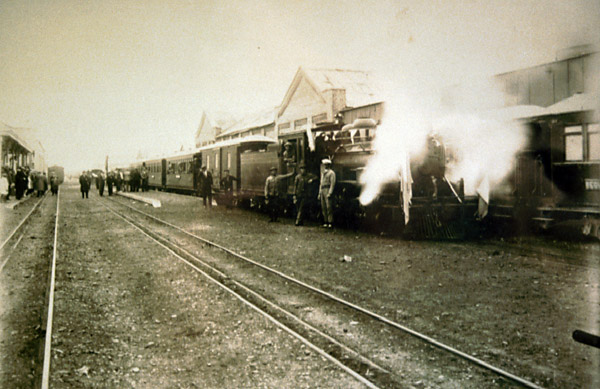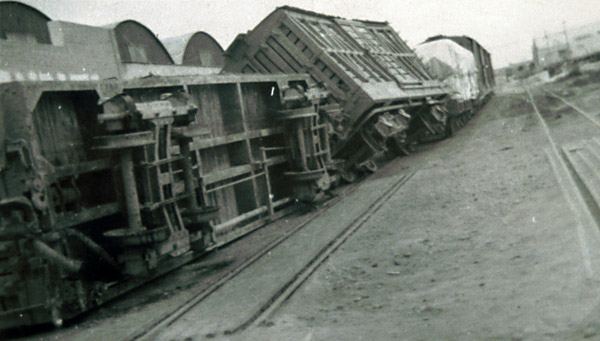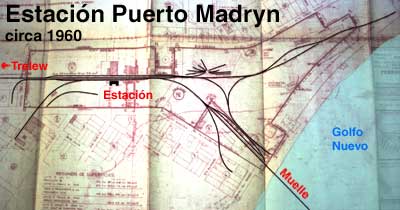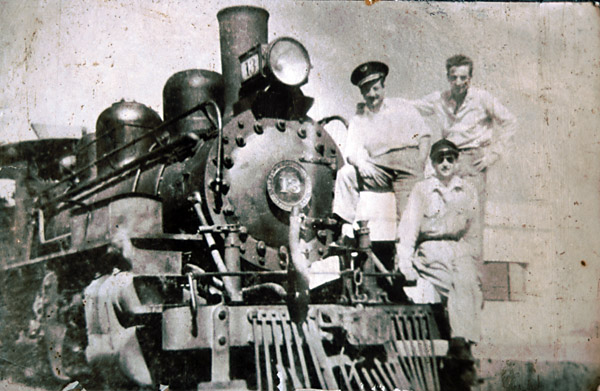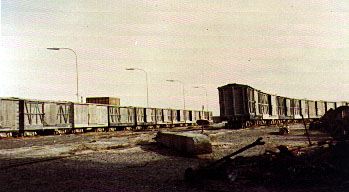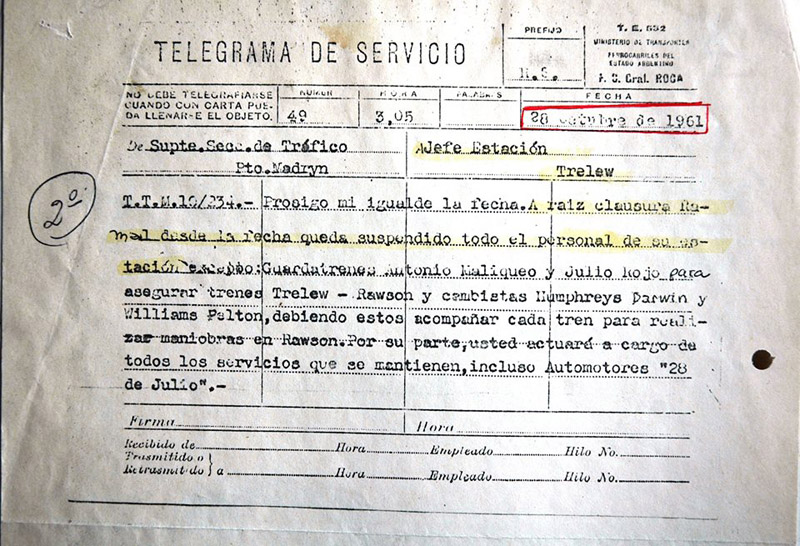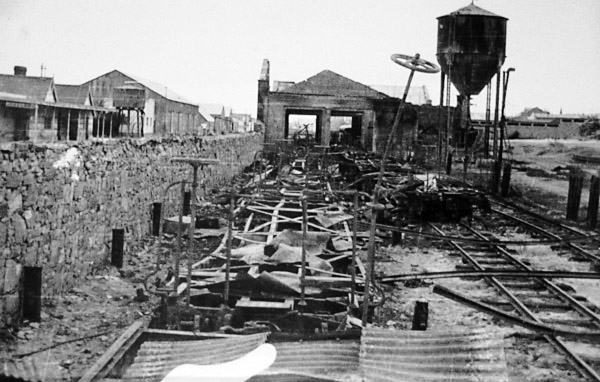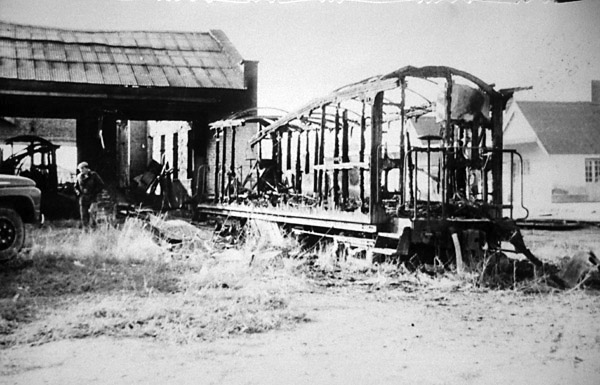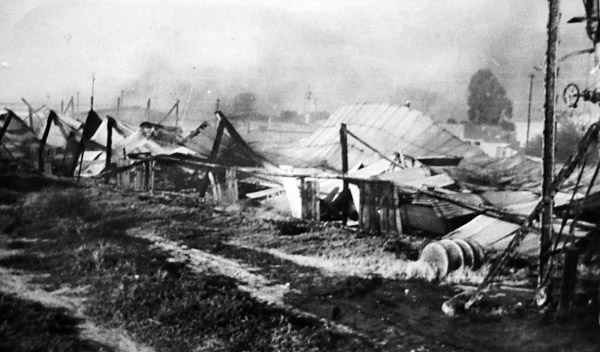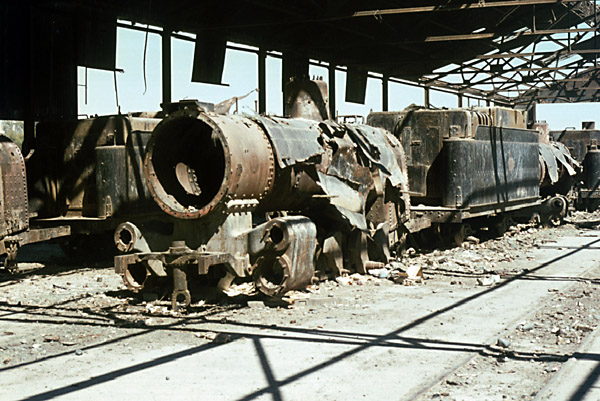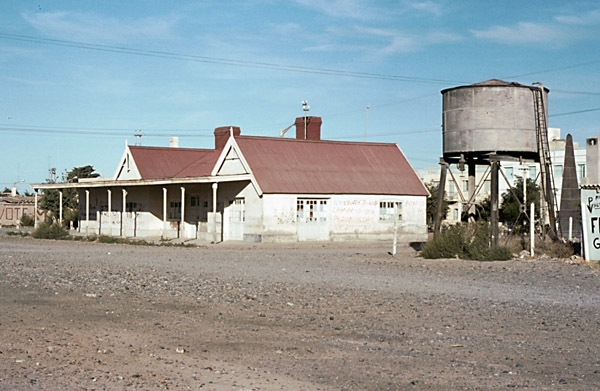 |
|||||||||||||||||||||||||||||||||||||||||||||||||||||||||||||||||||||||||||||||||||||||||||
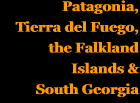 |
|||||||||||||||||||||||||||||||||||||||||||||||||||||||||||||||||||||||||||||||||||||||||||
 |
|||||||||||||||||||||||||||||||||||||||||||||||||||||||||||||||||||||||||||||||||||||||||||
 |
|||||||||||||||||||||||||||||||||||||||||||||||||||||||||||||||||||||||||||||||||||||||||||
Running the new 75cm gauge FCCC A puzzling picture early in the new regime. A Baldwin is decorated for some reason at the head of a passenger train, but why do the tracks to the left appear to have a disused inner 75cm rail and clean bright outer rails?
Mixed feelings Q.E.D. - Trelew station. Date and circumstances unknown.
Sources of traffic There were also sources of minerals to provide loads for the trains. Boca de la Zanja, Campamento Villegas and Las Chapas all had kaolin (china clay) pits alongside the railway. In the 1950s this was the most profitable traffic left to the railway. There were also limestone deposits near of Campamento Villegas. A 1957 report by the Puerto Madryn Traffic Superintendent also talks wistfully of further mineral deposits near Las Chapas, and hopes that they might be exploited to the benefit of the railway. The plans to extend towards the cordillera had looked forwards to trade between the coast and the cooler more fertile mountain valleys, but obviously that did not materialise. In the circumstances it is unlikely that the nationalised line satisfied the local populace any more than had the British owned railway. Timetables April 1942 public timetable January 1946 itinerario (working timetable) November 1955 public timetable Operating details The best source of less formal operational detail is the 1989 book of anecdotes by ex-railwaymen published under the title of Los Ferroviarios que perdimos el Tren (2). However, such snippets do not lend themselves to systematic analysis. Here follow a few oddments: Trains bound for Puerto Madryn from Trelew would sometimes have a banking engine attached at the rear for the first 7 or 13km depending on the load. This would uncouple without notice, presumably by the fireman releasing the front coupling from the running board. Whilst passenger trains ran only as far as Rawson on the branch during winter, in the summer months they were extended to Playa Unión. The weekend trains often loaded to 23 coaches. Track layouts The Puerto Madryn layout shows a number of loops at the station and the largest number of sidings on the approach to the muelle as one might expect. The loco depot has a turntable but there is also a triangle. There are several private sidings. It seems that points/switches were normally set such that a runaway approaching from the south would be diverted safely rather than colliding with other stock or over-running onto the muelle.
There exists an aerial view from the 1940s (available on the web) which looks down from the low hill at top right of the plan above, showing the small size of Puerto Madryn in those days. It shows clearly the curve towards the sea and also the other curve towards the warehouses. The station building at the beginning of the curve towards the sea can be seen but the large warehouses opposite its front no longer exist and have been replaced by the modern bus station. FC Patagónico There were still signs of optimism despite the growing competition from road transport. A 1955 report from the 'Patagónico' management to the commissioner for Chubut Province is attached (together with an English translation). This talks of station rebuilds, proposed new diesel-electric locomotives, negotiations for new railcars, and the transfer of surplus 75cm. gauge stock from the 'Ministerio de Obras Publicas' in Comodoro Rivadavia. It also mentions the hopes for a broad gauge line from Puerto Madryn north to Sierra Grande and eventually to join the General Roca line at San Antonio (Oeste). More realistically it refers to the rural bus/ coach services (Automotora Pullman)which the railway was promoting as feeder services. Baldwin no. 13, in the 1940s or '50s judging by the clothes of the crew.
The dam construction branch Closure
Below is a telegram of 28 October 1961 from the Traffic Superintended to the Station Master at Trelew advising him that everyone was sacked except guards Antonio Maliqueo and Julio Rojo to deal with trains between Rawson and Trelew, plus handsignalmen Humphries Darwin and Williams Pelton who are to accompany each train to Rawson and deal with the shunting there. The station master was to remain in post to be responsible for the remaining services including the 28 de Julio bus service. (3)
The terms of this telegram are a little strange as all services are supposed to have ended the year before. The implication is that there was a service being maintained between Trelew and Rawson. While no mention is made of engine crew, this is not surprising as they would not be under the stationmaster's control. As shunting is having to be done at Rawson, it would suggest that steam trains were being used rather than a coche motor which might not need to be turned. Of passing interest interest are the two names of probably British origin. The difficulties of working an isolated railway line which runs only to the coast and not to the major cities, are covered elsewhere in this site. However, even at the end the railway was still employing about 300 people. Suggestions were made for reducing this to 200, but I suspect that Argentinian politics would not have allowed the staffing levels to be reduced to 'sensible' levels. For a railway operating the number of trains that this one was doing, a sensible number of employees might have been 30 or so! Would this have made sufficient difference to costs to allow the railway to remain open? A more recent parallel is with the Esquel line. This too employed about 300 staff. The FFCC Argentinos ducked the question of sacking many of them by off-loading the whole line onto the provincial governments. The railway closed, presumably making all 300 redundant, and the Chubut part was then re-opened and has a current staff of, I believe, twenty-one. The railway's rolling stock at the closure is summarised in the table below:
Thoughts of reopening A view looking west through the carriage shed shortly after the fire in 1964. The station building is on the far left.
A view from the opposite direction
The track was lifted between 1969 and 1974, with the section in Gaiman tunnel being the last to go. Marcelo Arcas visited Trelew during the 1960s and has displayed a selection of his photos from that period on the web at <http://www.rumboalsud.com.ar/k-trelew.htm>. Much of the equipment had already been dispersed to other lines before the closure. This is detailed in the next chapter. However, a report produced at the time of closure lists the following 'moveable assets': Dereliction and dismantling
At Trelew the goods shed was used for wool storage, whilst the goods offices had become a bus station. There were also a broken weighbridge and the hulks of four Baldwins lying in the shell of the old loco shed. These engines look to have been stripped professionally, perhaps for the parts to be re-used at El Maiten. Vandals or stealers of non-ferrous fittings would hardly have gone so far as to lift the frames and take some of the wheelsets!
Surviving relics and remains References: 23-2-2018 |
|||||||||||||||||||||||||||||||||||||||||||||||||||||||||||||||||||||||||||||||||||||||||||
Chapter 7
The 1922 75cm gauge empire


Main pages
Railcars •
Esquel route construction photos •
Com. Rivadavia to Punta Piedras •
More photos at Com. Rivadavia •
Appendices
9 Track layout photos at Ing. Jacobacci •
